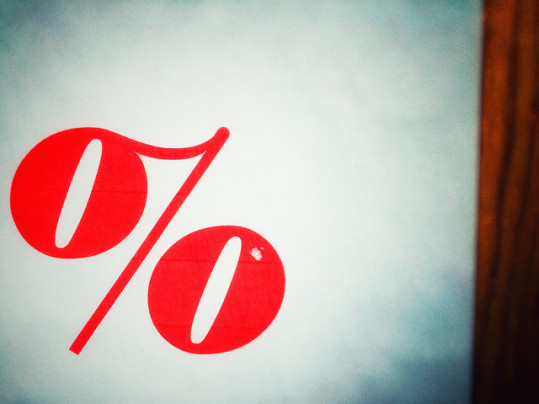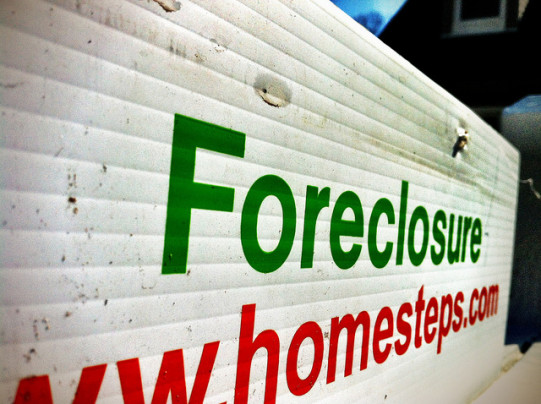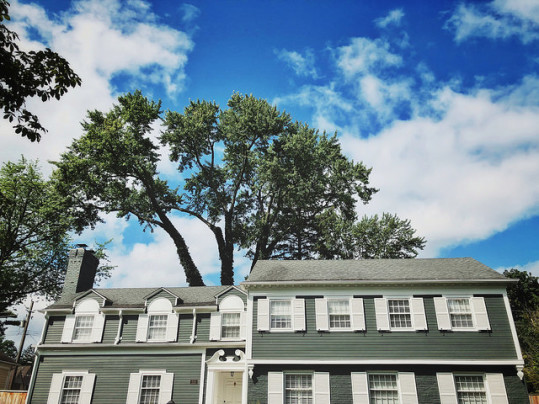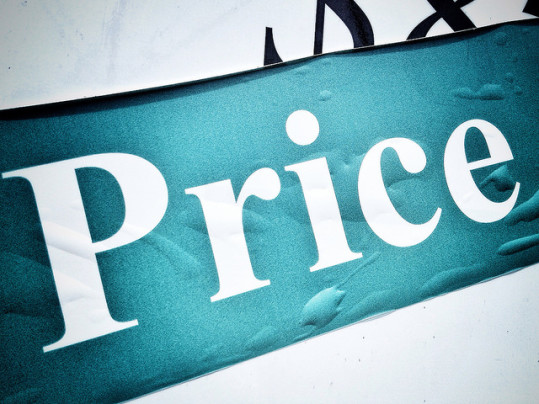Sales of newly built single-family homes rose 3.5 percent in August over the month before and are now 12.7 percent higher than they were at the same time one year ago, according to new numbers from the U.S. Census Bureau and the Department of Housing and Urban Development. The increase is welcome news at a time when the new home market plays an important role in balancing the overall housing market. Because building new homes is the quickest way to add inventory to markets where too few homes are available for sale, any increase in sales is encouraging, as it can help spur more residential construction which helps moderate prices. The increase was also better than expected. Economists polled prior to the release had predicted sales to be mostly flat in August. Regionally, sales were up in the Northeast, Midwest, and West, with only the South seeing a decline from the month before. However, since the South accounts for a large share of the total new home market, the decline helped hold back more significant gains despite notable improvements in the West and Northeast. More here.
Archive for September 2018
Mortgage Rate Increase Doesn’t Slow Demand
According to the Mortgage Bankers Association’s Weekly Applications Survey, average mortgage rates were up across all loan categories last week, including 30-year fixed-rate loans with both conforming and jumbo balances, loans backed by the Federal Housing Administration, and 15-year fixed-rate loans. The increase continues a trend upward led, in part, by a stronger economy and job market. Joel Kan, an MBA economist, told CNBC that many of the underlying factors showed improvement. “Rates rose last week as investors looked past US-China trade tariffs and towards this week’s Fed meeting,” Kan said. “Treasury yields increased 8 basis points for the week, as the growth outlook for the US remained positive, and data on housing starts and home sales showed a reprieve after a few months of weak results.” But though average rates were up, it didn’t slow demand. In fact, the number of requests for mortgage loans last week rose nearly 3 percent overall, with the Purchase Index 4 percent higher than it was at the same time last year. The MBA’s weekly survey has been conducted since 1990 and covers 75 percent of all retail residential mortgage applications. More here.
Foreclosures Offer Savvy Buyers A Good Deal
After the market crashed, there was a period of time when foreclosed properties were plentiful and savvy buyers and real estate investors seized on the opportunity to get a good house at a bargain price. Naturally, as time went on, the economy improved, foreclosed properties were purchased, and the ability to find a significantly discounted house became more difficult. But that doesn’t mean there aren’t still foreclosures available for the buyer or investor that wants to seek them out. In fact, according to a recent report, the foreclosure market is hot and there are a number of places around the country that have repossessed homes for sale at a good price. For example, the top foreclosure markets right now are found in New Jersey, Maryland, Nevada, Delaware, Illinois, South Carolina, and Connecticut. Those states have the highest number of available foreclosures. But that doesn’t mean they necessarily have the best deals. That’s why the report separates volume and profitability. In Chicago, Philadelphia, Cleveland, Miami, and Houston, according to the report, buyers have the greatest possibility of finding a foreclosure at a price that puts them in a position to profit off their purchase. More here.
Luxury Home Market Continues To Heat Up
When it comes to real estate, most people know that location is key. Market conditions can differ from one neighborhood to the next. But location isn’t the only thing affecting the conditions you’ll encounter when shopping for a house to buy. Your price range will also have something to do with it. For example, the National Association of Realtors’ consumer website recently released its 2018 Luxury Home Index and the results show luxury home buyers face a far different market than buyers who are looking for a more affordable home. That’s because, while overall home price increases are showing signs of slowing down, in the luxury market they’re gaining speed. In fact, according to the index, there are a rising number of areas with double-digit price growth from the same time last year. In Sarasota, the nation’s fastest-growing luxury market, prices are up 21 percent from last year. Another difference between the overall market and the top 5 percent of all residential sales is the fact that luxury homes stay on the market longer. Luxury homes in the 90 counties analyzed were on the market a median of 121 days. More here.
Number Of Price Reductions Is Rising
Naturally, potential home buyers become more concerned about affordability conditions as prices and mortgage rates rise. And since the past few years have seen both things happen, there’s been increasing concern about whether or not now is a good time to buy a house. That’s not to say there hasn’t been demand for homes. In fact, there are plenty of interested buyers and not enough homes to accommodate them, which is why prices have been rising in the first place. But recently, there’s been more data suggesting that home prices are beginning to soften. In fact, one recent report shows that 26.6 percent of homes listed for sale in September dropped their price, which is a nearly 5 percent increase from the same time last year. That’s good news for buyers, as is the fact that price drops have been showing year-over-year improvement since the end of March. Added to the fact that mortgage rates, while higher than last year, are still well below what is historically normal, the news about home prices means affordability may, once again, be moving in a more balanced direction and one that benefits buyers. More here.
Inventory And Home Sales Flat In August
Sales of previously owned homes were unchanged from the month before in August, according to new data from the National Association of Realtors. The number of available homes for sale was also flat, with unsold inventory at a 4.3-month supply at the current sales pace. But, though there was little change in the numbers, Lawrence Yun, NAR’s chief economist, says buyers may be getting ready to move. “Strong gains in the Northeast and a moderate uptick in the Midwest helped to balance out any losses in the South and West, halting months of downward momentum,” Yun said. “With inventory stabilizing and modestly rising, buyers appear ready to step back into the market.” In other words, though there hasn’t been a significant change in conditions, there is a sense that price increases and low inventory are beginning to move in the right direction. This can be seen in the regional results, which show that some areas are improving at a quicker pace than others. Another indicator that relief may be on the way is how long the typical property stayed on the market in August. That’s because, the number of days homes were available before selling moved up for the first time in months. But, despite the improvement, properties are still selling quickly. In fact, the typical home sold in just 29 days in August. More here.
Mortgage Rate Rise May Be Spurring Buyer Activity
According to the Mortgage Bankers Association’s Weekly Applications Survey, average mortgage rates were up last week, with rates for 30-year fixed-rate mortgages with conforming loan balances at their highest level in more than seven years. But, despite the increase, mortgage application volume – which includes both buyers requesting loans to buy homes and refinance activity – actually increased from the week before. Could it be that buyers are looking to get into the market before mortgage rates move any higher? Well, purchase loan demand was virtually flat from one week earlier and is now only four percent higher than at the same time last year, when rates were lower. However, the fact that application demand didn’t fall as rates hit a multi-year high indicates that Americans may be hoping to take advantage while they’re still lower than historically normal. Joel Kan, an MBA economist, says rates, once again last week, were driven by positive economic data. “As markets received various pieces of data indicating economic strength such as wage growth, inflation, and jobless claims, Treasury rates were up over the week,” Kan told CNBC. The MBA’s weekly survey has been conducted since 1990 and covers 75 percent of all retail residential mortgage applications. More here.







